90 YEARS AGO:
PAN AM IN THE 1930s
A Series by Eric Hobson
Unique stories of Pan American Airways operations -- Its people, aircraft and far-flung destinations. Posted month-by-month.
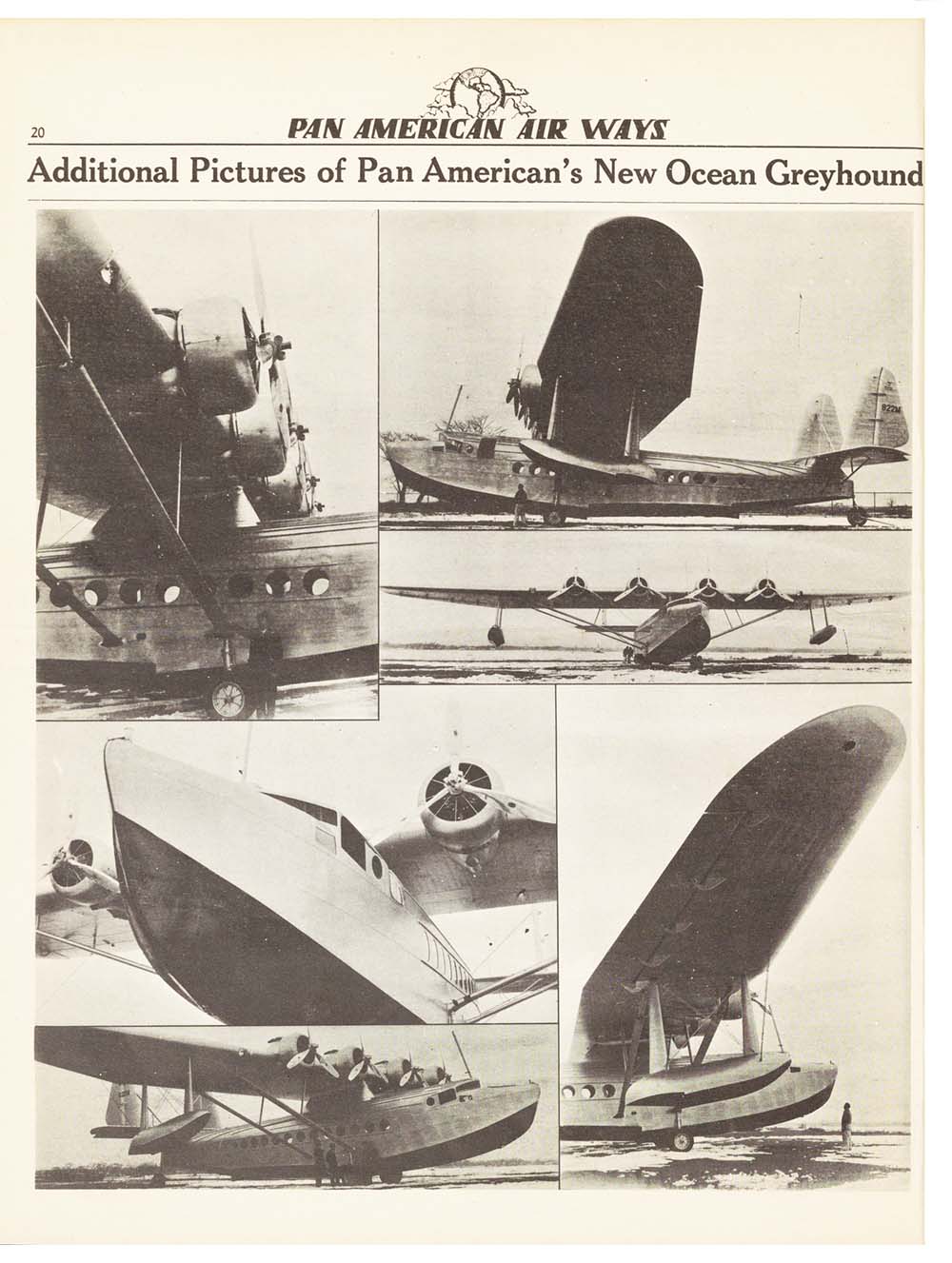
"Pan American's New Ocean Greyhound," the Sikorsky S-42 ("Pan American Air Ways, " Jan. 1934)
PAN AM 1934
January 1934
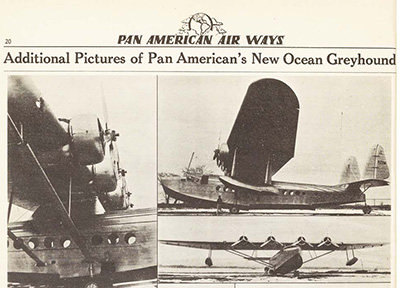
“Flying High into '34” /
“A Gift Pays Off”
February 1934
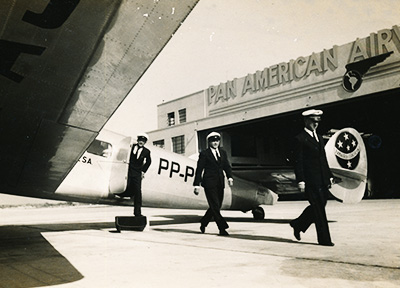
"One of a Kind: Pan Am Dodges the Domestic Air Mail Scandal of 1934"
March 1934
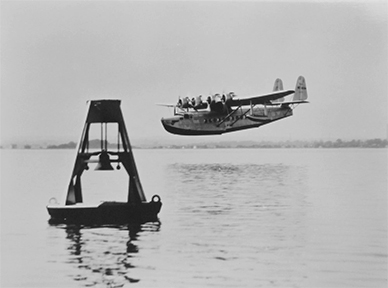
"New Bird Lifts Off" /
"First Lady Flies South
April 1934
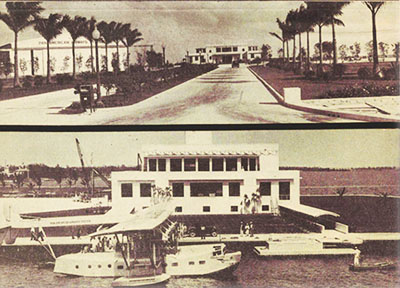
"A Meal with a View" /

PAN AM 1933
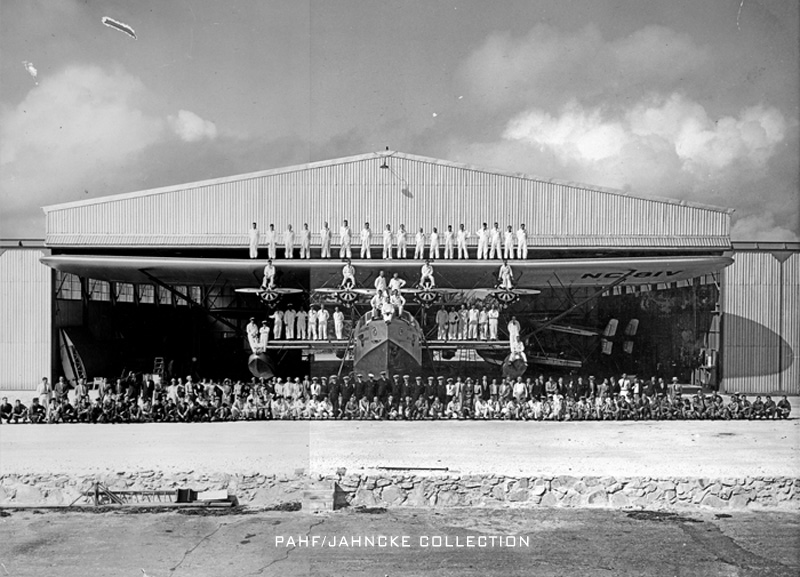
01/33
January 1933 posts
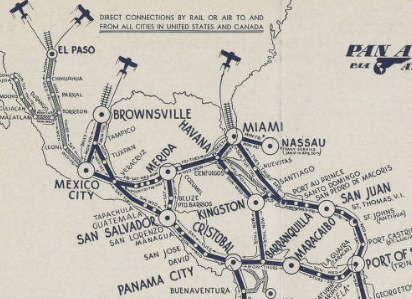
"Happy New Year - Pan Am Service Slogans" / "Cash in Hand, Ready to Fly" /
“A Hard Day/Night Flight” / “PAA Moves Northeast” / “Flying Blind”
02/33
February 1933 posts
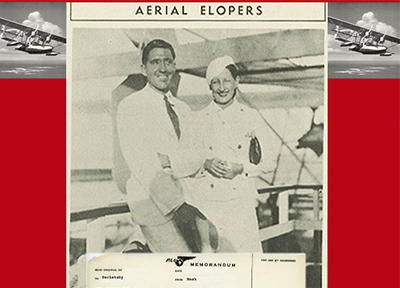
"Shattering US Customs Records" / "Wine `Em, Dine `Em, Ticket `Em" /
"Fly With Me: Love, Pan American Style" / "Oh, SOOO Cold, Copy!"/ "Weather Talk"
03/33
March 1933 posts
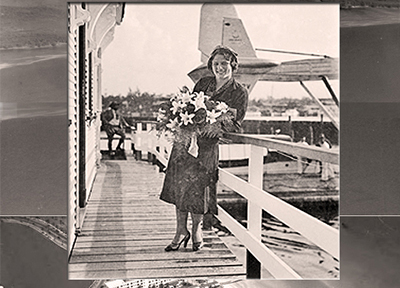
"Flying PAA’s Western Division" / "Engine Mechanics: Pan Am’s Unsung Heroes" /
"Miami Shamrocks" / “I Danced All Night” / “Pan Am Enters China”
04/23
April 1933 posts
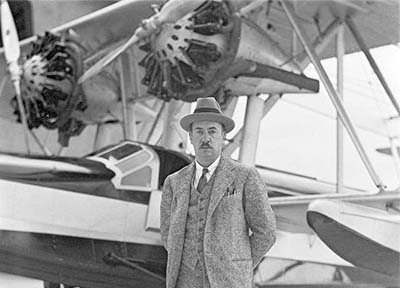
“Last of Pan Am’s First Flying Boats” / "The Deluge of 1933" /
"…a truth universally acknowledged…" / "Gelhaus & Tivionen: Pioneer Aviators"
05/33
May 1933 posts
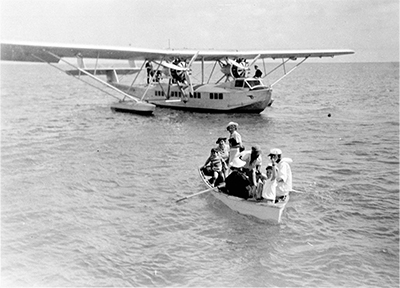
"It’s Impossible: Standardizing Paperwork Across Two Continents" / “PAA Carries Tons of Tunes” /
“The Key to Catching a Cat” / “New Slogan Gifted to PAA” / “Growing in Mexico”
06/33
June 1933 posts
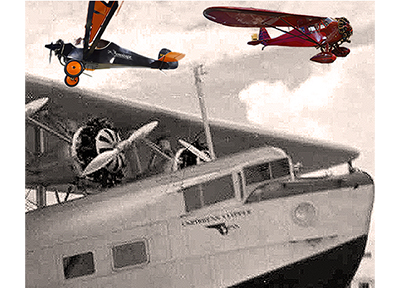
“Aerial Hitchhikers” / “PAA Embraces Art Deco”/ "Staffing for CNAC"/
"Assessing the North Atlantic"/ "Landing on the Roof"
07/33
July 1933 posts
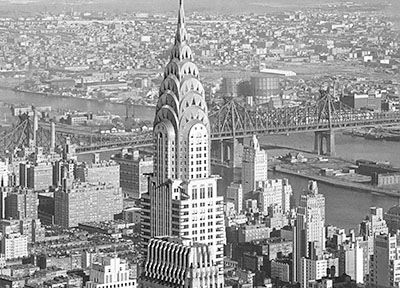
“Offices in the Sky” / "Captain Keeler's Dirty Bird" /
“PAA’s Andes Aerial Aerie” / “4 Horses: 1 draft-horse; 3 thoroughbreds”
08/33
August 1933 posts
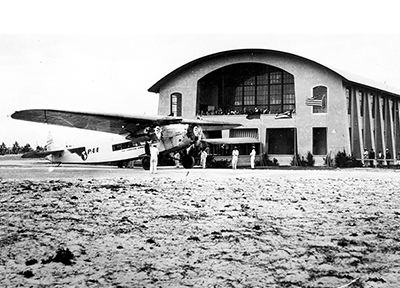
“Hanger B's Proud Papas” / "Mrs. Archibald Goes to Washington" /
"Fourteen Months in the Air" / "Change is Here" / " Express (Espresso) Service: Pan Am's Bean Bag"
09/33
September 1933 posts
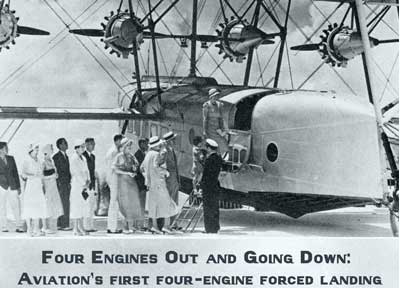
“A World Record (Unwanted)” / "Presidents Take Wing" /
"A Three-Foot Shift to the Left"/ "One-Eyed Monster of Destruction"
10/33
October 1933 posts
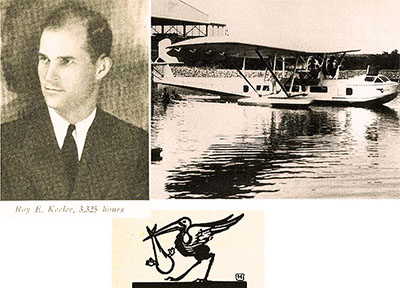
“A Booming Stork Market” /
"Bilgerats and Wheelholders; Pan American Airways' Second Generation of Pilots" /
"Singing Another Airline's Praises? Really?" / "New Routes on Two Continents"
11/33
November 1933 posts
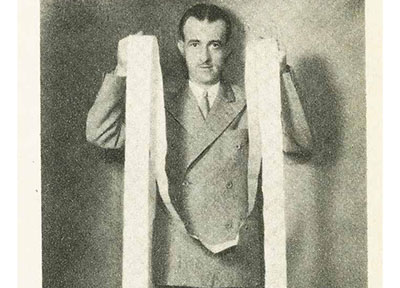
“A Looong Itinerary” / "A Hot Tropical Season" / "Flying the Coup" /
“ ‘The Flying Mayor’ Takes a Clipper Home” / "A Picture Tells Many Stories"
12/33
December 1933 posts
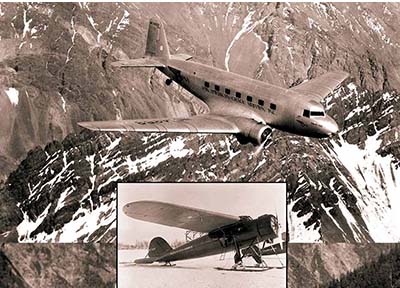
“New 1933 Milestones” / "The Travels of Marjorie Shuler" /
"From Arctic to Amazon"/ "Pan Am Looks to 1934"/ "A Second Havana Route"



















